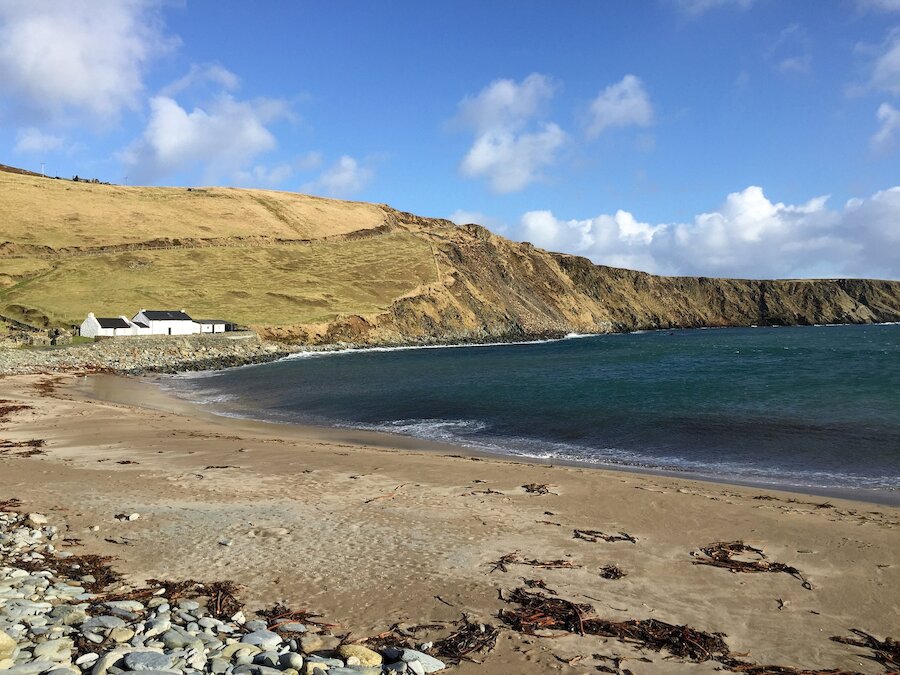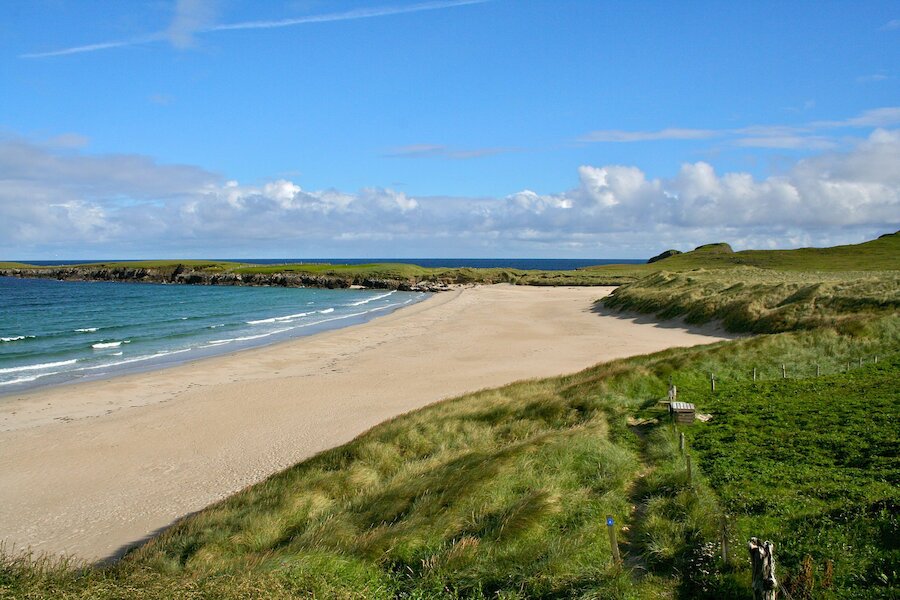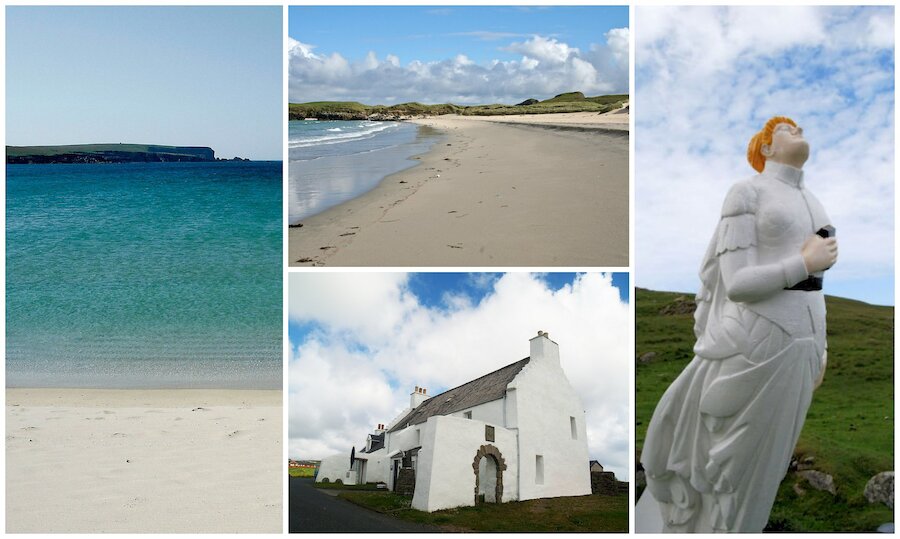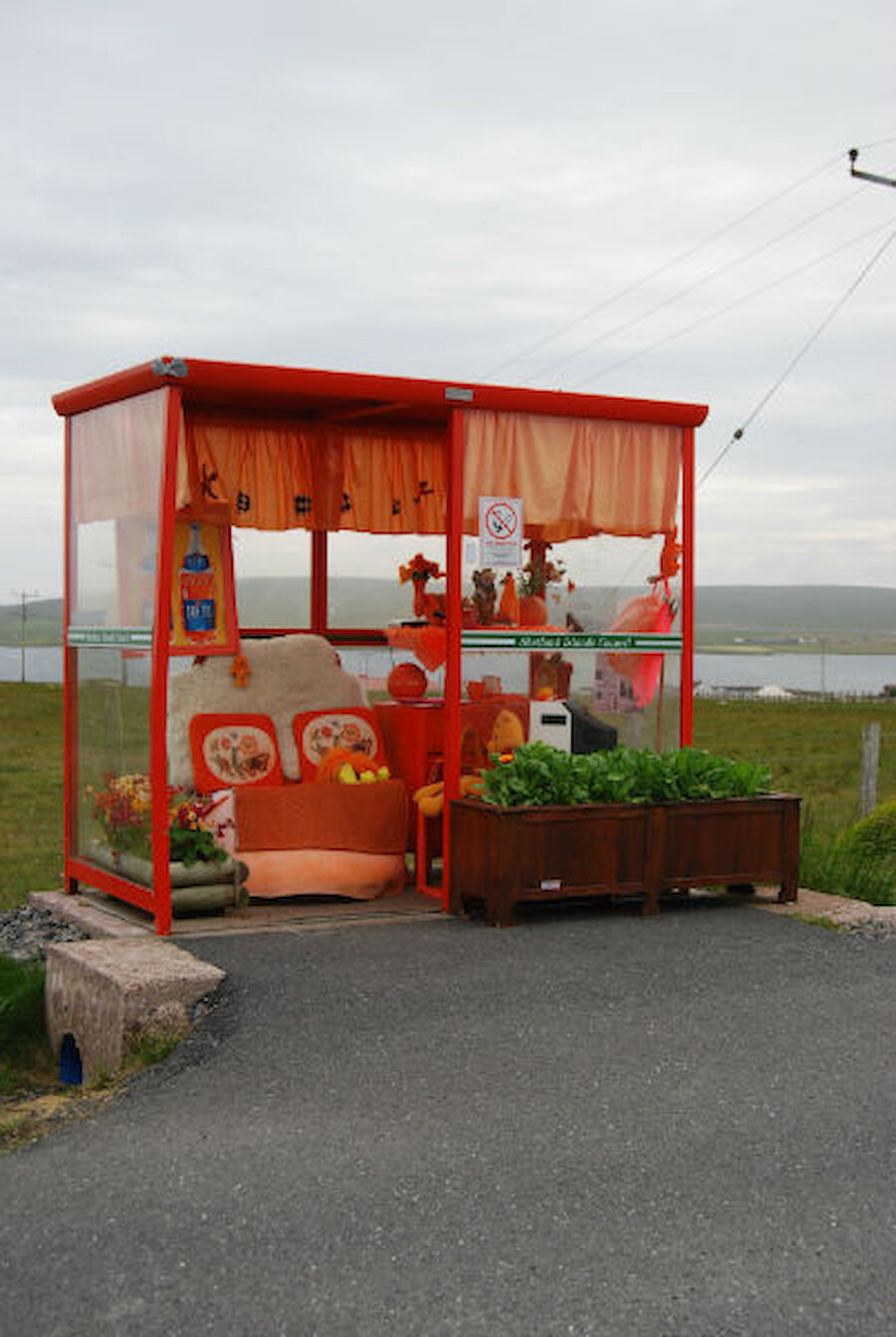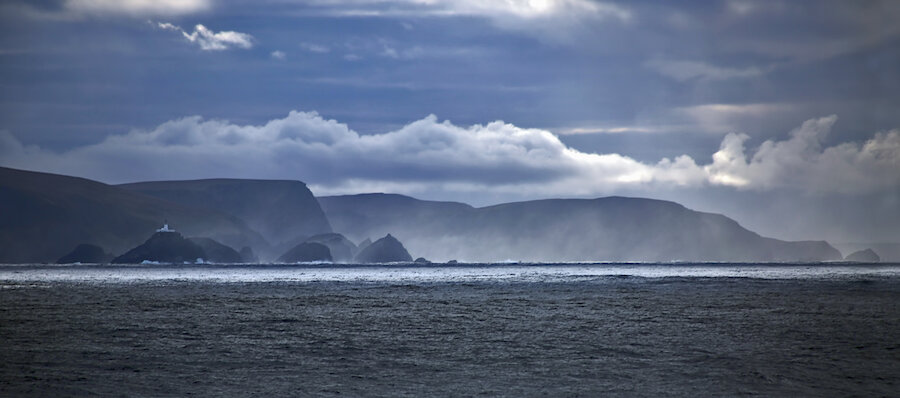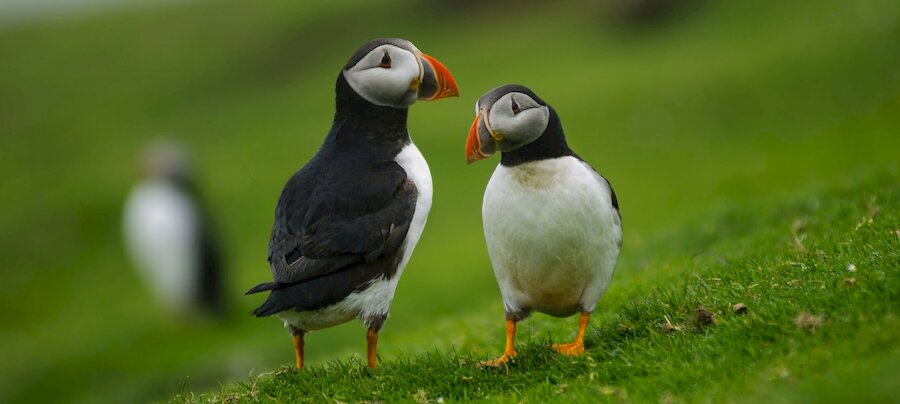We’ve visited the Shetland mainland and some of the other islands in the first and second parts of this blog. Now it’s time to head farther north to explore the beautiful but very different islands of Yell, Fetlar and Unst.
If you think that getting to them and between them might be complicated or expensive, relax: the ferry services are frequent and can easily be booked in advance, online or by phone, if you wish. The fares won’t make a big dent in your budget, either.
The main road northwards from Lerwick ends at the ferry terminal at Toft. It’s best to allow about 50 minutes for that journey, bearing in mind that if you’ve booked a car on the ferry, you need to be there five minutes before departure. On weekdays, at busier times, the ferries run half-hourly from Toft to Ulsta on Yell.

